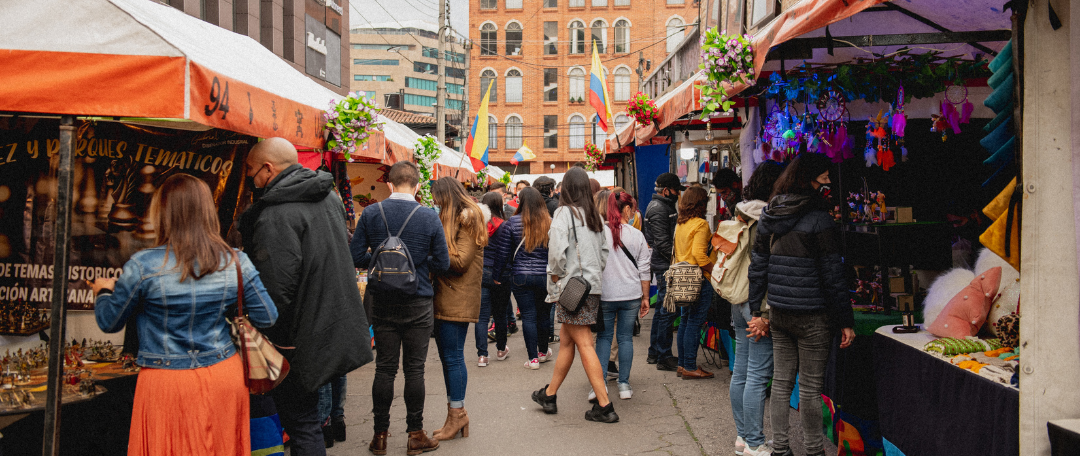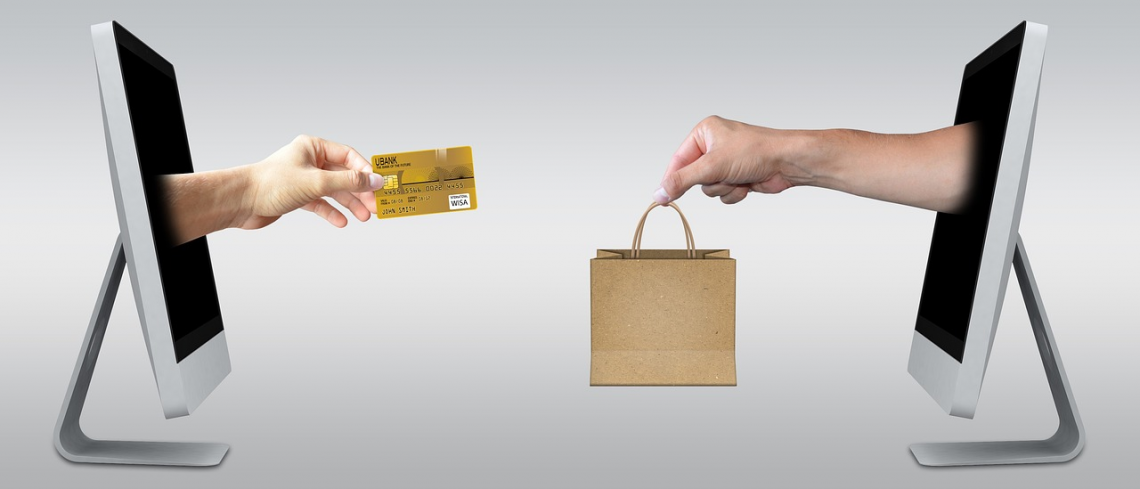Haggling
Negotiating over the cost of an item or service until a mutually acceptable price is reached.
When two parties are involved in a transaction, such as purchasing a good or service, they bargain over the price until they can both agree on a fair sum. This process is known as haggling.

Up until a price is agreed upon, two parties haggle consecutively by making offers and counteroffers to one another.
Although the buyer wants to spend as little money as possible, the seller's main objective is to raise the selling price. Informal negotiations are frequently referred to as bargaining, quibbling, or dickering.
Bartering has been a common activity since the beginning of time.
While it is rarely employed in retail settings like supermarkets, pharmacies, or name-brand clothes stores, it is a popular technique in real estate talks, car transactions, and unofficial flea markets.
However, haggling for lesser products is customary and usually tolerated in other parts of the world. In these areas, young children are taught how to barter to get what they consider the best value when making any transaction.

The acceptance of this may also vary by geographic region. For example, it is frequently officially forbidden in supermarkets and department shops, although it is permitted and encouraged in flea markets, open-air markets, and bazaars.
Many believe that it is more of an art and a skill in persuasion than a sensible business activity.
To bargain or conduct informal negotiations is to haggle. Several economic theories have explained the process.
According to behavioral theory, some individuals are more disposed to engage in negotiation than accept the price supplied.
To establish a Nash equilibrium, the game theory suggests answers to bargaining issues as an element of strategic action. Therefore, it is also considered when examining retail price theory.

However, mainstream economics holds that supply and demand mutually determine all market prices, eliminating the need for this strategy because all prices would always reflect an equilibrium level.
When two parties to a transaction discuss until a common ground is reached, it takes place. For example, when parties exchange bids back and forth until a price is decided upon, common ground has been reached.
In most cases, the agreed-upon price is just and fair to both parties. Negotiating, bartering, and bargaining are also referred to as haggling.
Situations when this is Socially Acceptable and Unacceptable
This occurs when two parties discuss the financial terms of a trade. Still, it is not always the case that both parties leave the negotiation process feeling satisfied. Sometimes the activity itself is inappropriate and would result in a failed transaction.

This is socially acceptable in some situations, such as when buying a car, purchasing real estate, or at flea markets. However, it is not socially acceptable in public places like shops, restaurants, and supermarkets.
You can bargain over prices, payment plans, interest rates, product quality, delivery, and setup.
This approach permits the party to acquire better costs, even though it is only socially acceptable in certain situations. In the following situations, bartering is acceptable in society:
- B2B E-Commerce
- Suppliers, production, and manufacturing
- The movement of goods
- Salary discussions and property negotiations
- Loans
- Cell phone agreements
- Renting issues, vehicle purchases, and other private instruction
- Undeveloped food markets, in some special cases

The above list shows how frequently the procedure occurs in the corporate sector. However, there are a few situations where this is considered rude. It will be discussed below.
This procedure is considered rude and inappropriate in other contexts. Here are a few situations where bartering is improper, such as at retailers, supermarkets, restaurants, commercial enterprises, pharmaceuticals, etc.
In larger markets, haggling is not regarded as socially acceptable. So, for example, a customer wouldn't enter a Cabela's and try to bargain a crossbow price down.
For buyers, it is always important to find out which kind of situation you are in to make a smart decision on whether you would haggle over a certain order.
For sellers, they should also have a good knowledge of the market regulations and social behaviors, which helps build a standard of their business.
What Can Be Haggled?
It typically entails negotiating the price until a compromise is reached. In addition to price, other things can be negotiated to ensure that both the buyer and the seller are satisfied with the deal.

Some of the potential bargaining points during a purchase are shown below.
1. Price
Prices may be discussed during a transaction. Two parties bargain back and forth until a reasonable price is reached for it to occur.
All parties involved in a deal must be satisfied with the price for it to be consummated. Normally, price haggling happens at flea markets, while purchasing a car, and when purchasing real estate.
2. Payment Plans
When the merchant receives the payment, negotiations may happen. For example, the seller may be able to agree to pay one month after the customer receives a significant item while making a purchase.
It can be found in "accounts payable" for a company. In business-to-business deals, payment conditions are commonly discussed.
The lender and the borrower will be satisfied if the interest rate on a product is negotiated. Therefore, loans are the source of interest rate bargaining the most frequently.

4. Quality
The quality of a product is negotiable. It will happen if a buyer is willing to spend money on a "grade B" product rather than the more expensive "grade A" option.
The most frequent targets of bartering are high-ticket commodities like cell phones and cars.
5. Delivery
The cost of getting a product from point A to point B can be negotiated. A clear example is companies looking for a less expensive way to export their goods.
Dealing with suppliers and carriers in business-to-business transactions typically entails bargaining over the delivery.
6. Setup
The agreement may be negotiated if a product must be constructed to be used. The buyer can agree to pay more if the seller "adds a setup" to the contract.
In this way, the transaction is fairly compensated for by both the buyer and the seller. Negotiations that include items that need to be set up sometimes require haggling the arrangement.
For Buyer: How to Haggle?
Some nations are accustomed to bartering. Because vendors set their prices higher than what they anticipate being paid, they anticipate some bargaining, and you will probably be taken advantage of if you don't.

Consult a trustworthy local for advice on the appropriate price range. Then, please just pay for what the locals do. You have two options once someone makes a purchase: ask or observe.
However, if you linger in some regions of the world, locals may postpone purchases so the merchant can extort more money from you because you are a foreigner.
If you overdo it and offer a dollar for a carpet, the seller will conclude that you are unaware of its value.
A typical action for potential purchasers is to wave goodbye to the vendor and begin walking away. You'll undoubtedly receive at least two offers, each of which is lower than the one before.

Alternatively, the vendor can ask, "For how much do you want this?" or something similar, recognizing that they are aware of a potential sale leaving the room.
If the price is too low, it is also typical for the salesperson to leave in some cultures. This happens as you approach the profit barrier, but maintain your composure; the salesman will return shortly to try further negotiating.
In groups of two or more, you can wax dramatic. The person controls the finances and refuses to pay the price, even though he wants the thing.
Be resolute. No matter how hard they try to get to you, don't allow them.
Be cordial and affable when negotiating. The merchant will always give you a better bargain if they like you personally.
There may be tea, coffee, pastries, etc., supplied to you. Accepting it does not need you to make a purchase. Although you might afterward be "guilt-tripped." Have a strong will.

Refrain from relying on unidentified locals to help you barter or locate what you need. You'll end up having to pay an additional commission.
When haggling for something special, try to express your interest in the item sparingly; otherwise, the seller will assume they are your only option and raise the price.
Knowing the right cost is crucial for a deal to be successfully negotiated. All you have to do is say it and start walking out of the store if you are sure your offer is accurate.
You can determine fair pricing by asking people how much they paid for similar items. Then, make an effort to strike a better agreement. Try to bargain for a lower price whenever you buy a comparable item.

Learn the local numbers if you're in a nation that doesn't utilize Western numerals.
When you are haggling over a hotel room with a price list in front of you, it will save you a lot of time and money. Although it only gives you a starting point, you should still haggle.
Find two vendors selling the same items and pit them against one another.
Gaining some respect by learning to count in the native tongue can result in a better price. Even if the salesperson speaks to you in English or your tongue, keep to the local tongue.
For Seller: How to Avoid Haggling?
Some companies have limited product margins; thus, they cannot afford to deal with haggles. There are numerous ways to discourage consumers from haggling under these circumstances:

1. Cash Discounts
Depending on the state where a company is based in the United States, credit card fees could range from about 3% to 5%. Such exorbitant credit card costs can be avoided by offering a cash discount for the desired goods to someone who haggles.
2. Adding Products
It can be helpful to suggest making bulk purchases and saving money. The vendor will profit more from it because of the volume of goods sold instead of the price drop.
3. Sales
As was already said, this procedure usually occurs whenever two parties discuss the price of an object. Customers are less likely to haggle over the price of one item if the store has a deal.
4. Tips on Negotiation
Numerous recommendations and articles advise a specific proportion of the shopkeeper's original price, and almost all buyers know that.
Therefore, as a shop owner, you should be fully aware of it. So, instead, make an outrageously absurd offer that can be tens or hundreds of times more than the actual value, then accept maybe half of the high value by negotiation.

For those buyers who like to make an effort to have a general idea of the item's value before they begin to barter, it may be different.
For instance, regulated prices at government-run craft stores and hotel gift shops typically provide at least an upper limit.
When your initial offer is excessively exorbitant, buyers may feel free to chuckle or express surprise in another way. Buyers are not always aware of the item's true value, so don't worry too much if they show their knowledge.
- Haggling is negotiating over the cost of an item or service until a mutually acceptable price is reached.
- A haggling negotiation tactic comprises two or more parties making successive offers and counteroffers until a deal is reached.
- It is an age-old custom used today at garage sales, flea markets, real estate transactions, and auto purchases. However, it is not done at other retail establishments, such as supermarkets or stores that sell name brands.
- Not every deal is amenable to negotiation. The seller's willingness to negotiate may depend on their religious convictions and local customs.
- It is tolerated to varying degrees around the world. It is also typically tolerated for more expensive products like cars, jewels, and real estate in Europe and North America.
- Some businesses can't afford to deal with this because their product margins are too small, but they can do so by offering discounts in cash or other forms.
Researched and Authored by Xinyue Xu
Reviewed and edited by Parul Gupta | LinkedIn
Free Resources
To continue learning and advancing your career, check out these additional helpful WSO resources:



or Want to Sign up with your social account?